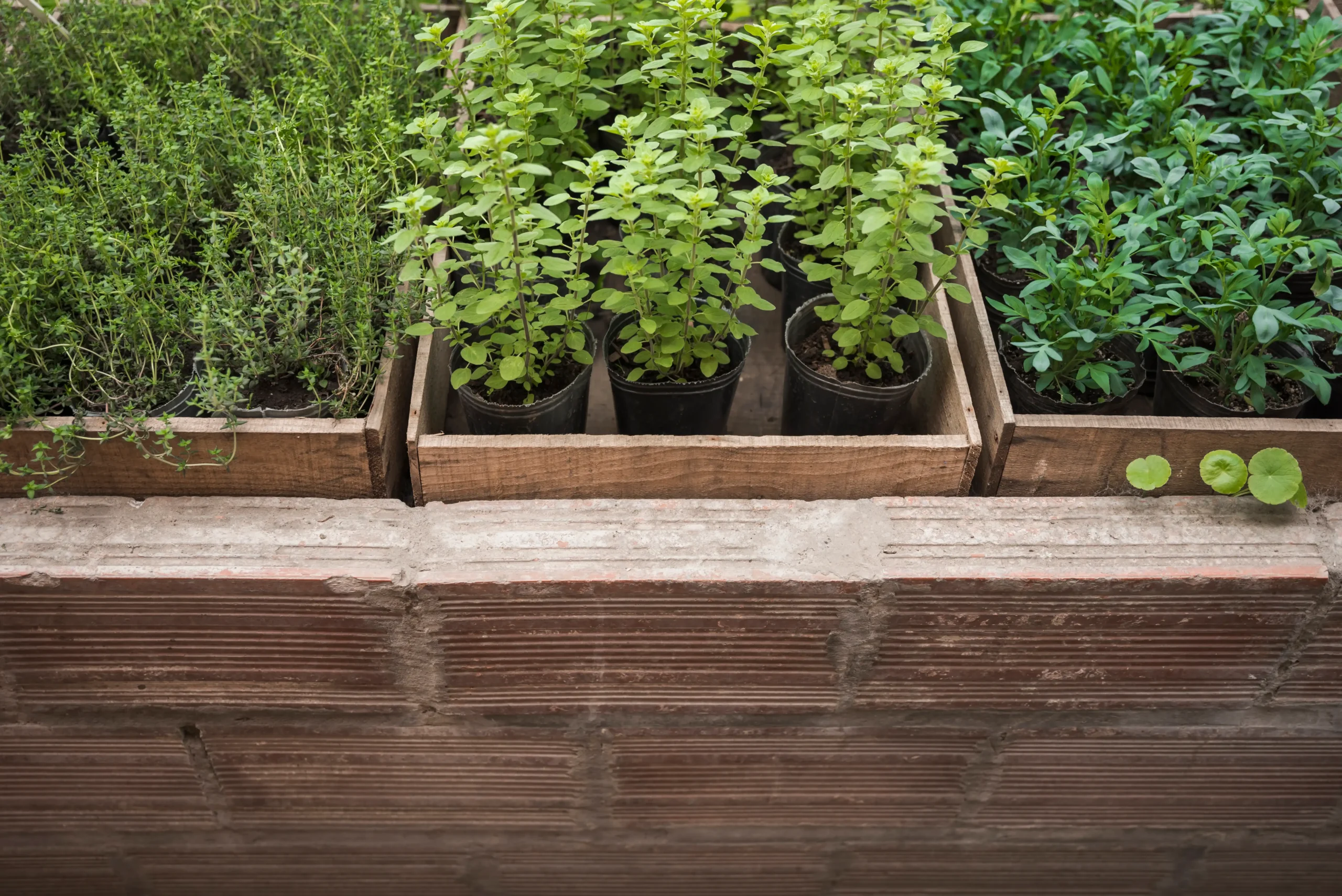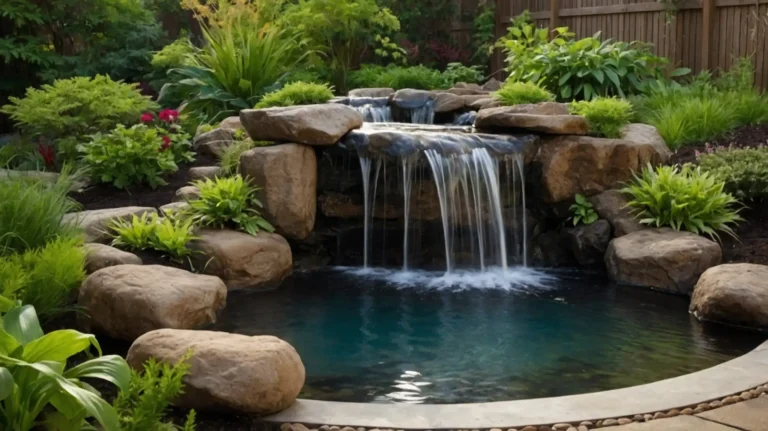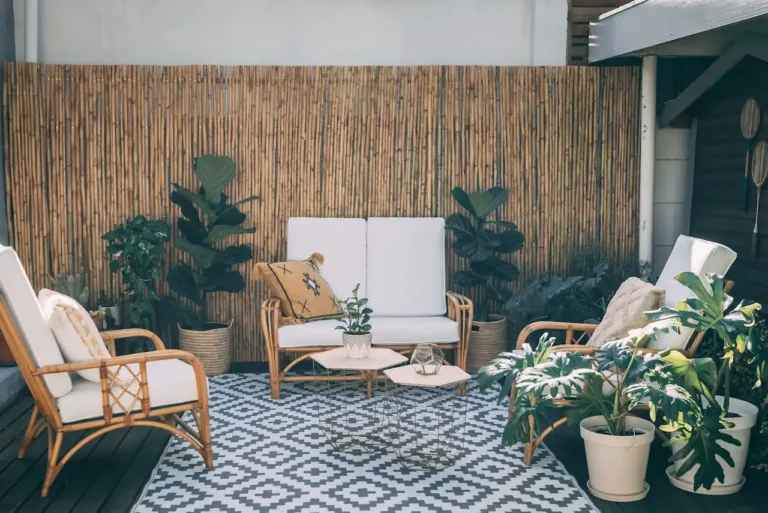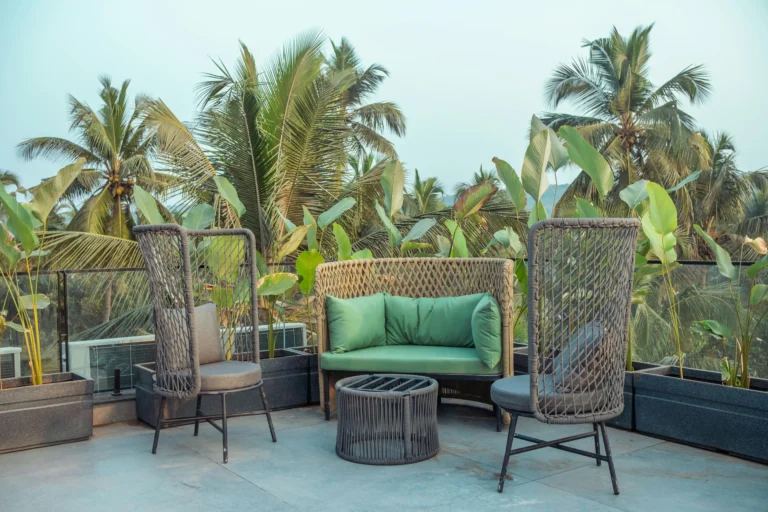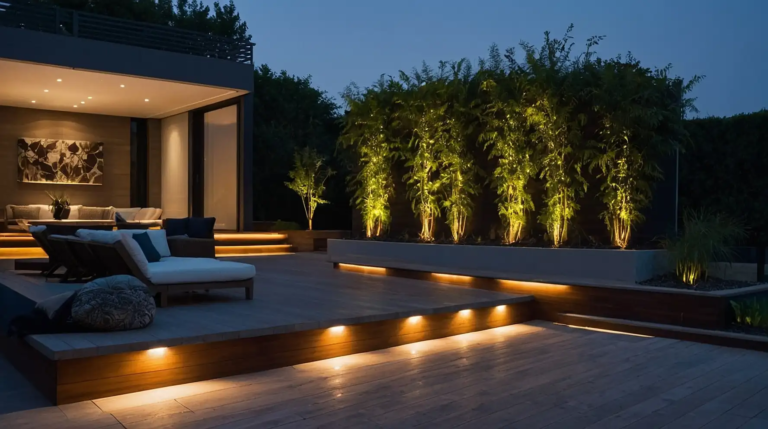How to Make a Vertical Pallet Garden
You don’t need acres of space to grow your own herbs and vegetables. A vertical pallet garden transforms any small area into a thriving green oasis.
This space-saving solution works perfectly for balconies, patios, or tiny backyards. You’ll love how easy and affordable this project becomes.
With just a few materials and some weekend time, you’ll create your own vertical growing paradise.
Choose the Right Pallet
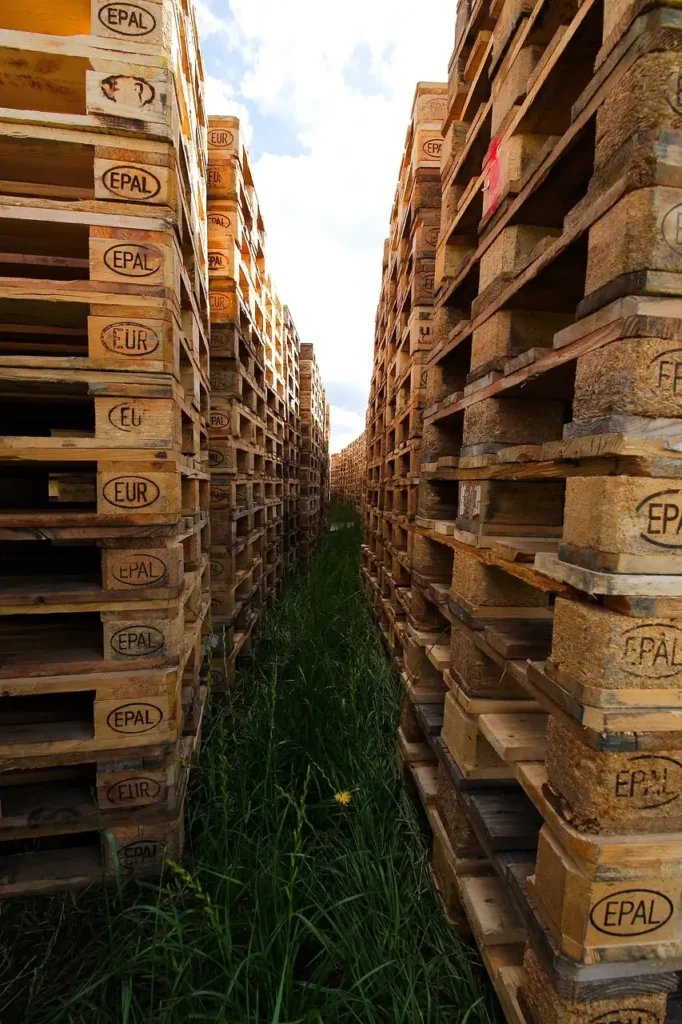
You want to start with a heat-treated pallet marked “HT” rather than chemically treated ones. Look for the stamp on the wood that shows this designation.
Chemical treatments can leach harmful substances into your soil and plants.
Inspect your pallet carefully for loose boards, protruding nails, or rotting wood.
A sturdy pallet will support the weight of soil and plants much better than a damaged one.
Sand down any rough edges or splinters that could cut you during assembly.
This extra step makes handling your garden much safer and more pleasant.
Prepare Your Pallet Garden Base
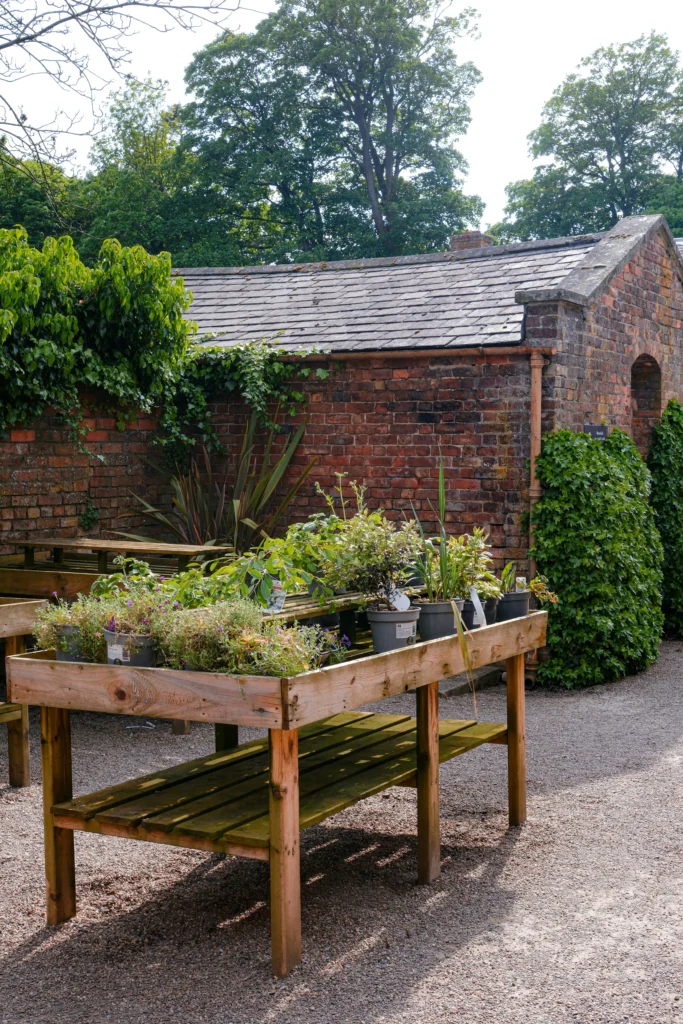
Turn your pallet so the slats face outward and the back remains solid. This position creates natural pockets for your plants while keeping soil contained.
Attach landscape fabric or burlap to the back and bottom of your pallet using a staple gun. Make sure you cover all gaps where soil might escape.
The fabric allows water to drain while keeping your growing medium in place.
Create a sturdy frame by adding extra wooden slats if needed. Your pallet should feel solid and secure before you add any soil or plants.
Add Drainage and Soil
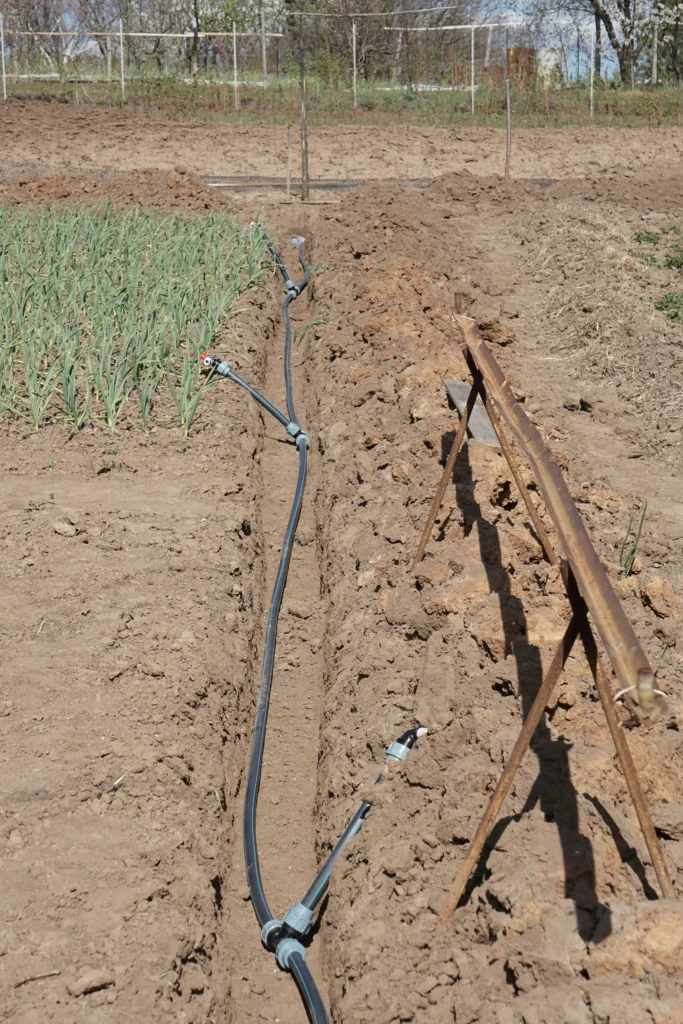
Line each planting pocket with a layer of small stones or gravel for drainage. This prevents water from pooling and causing root rot in your plants.
Fill the pockets with high-quality potting mix rather than garden soil.
Potting mix drains better and weighs less than regular soil, which matters when you mount your garden vertically.
Leave about an inch of space at the top of each pocket for watering. You’ll appreciate this extra room when you’re maintaining your garden later.
Select the Perfect Plants

Choose plants that thrive in vertical conditions and don’t grow too large. Herbs like basil, thyme, and oregano work beautifully in pallet gardens.
Shallow-rooted vegetables such as lettuce, spinach, and strawberries adapt well to the limited soil depth. These plants also cascade nicely over the edges of your pockets.
Avoid plants with deep taproots or those that spread aggressively. Your vertical space works best with compact, well-behaved varieties.
Plant and Position Your Garden
Plant your selections while the pallet lies flat on the ground. This makes the job much easier than trying to plant after you’ve mounted it vertically.
Water your newly planted garden thoroughly and let it settle for a few days before moving it upright. This gives the roots time to establish and prevents soil from shifting.
Choose a location that receives appropriate sunlight for your chosen plants. Most herbs and vegetables need at least 6 hours of direct sun daily.
Maintain Your Vertical Garden
Water your pallet garden more frequently than traditional gardens since vertical plantings dry out faster. Check the soil moisture daily, especially during hot weather.
Apply liquid fertilizer every two weeks during the growing season. Vertical gardens need more frequent feeding because nutrients wash away more quickly.
Harvest regularly to encourage continued growth and prevent plants from becoming overcrowded. Your frequent harvesting actually helps your garden stay productive longer.
Conclusion
Your vertical pallet garden will provide fresh herbs and vegetables while maximizing your limited space beautifully and efficiently.

